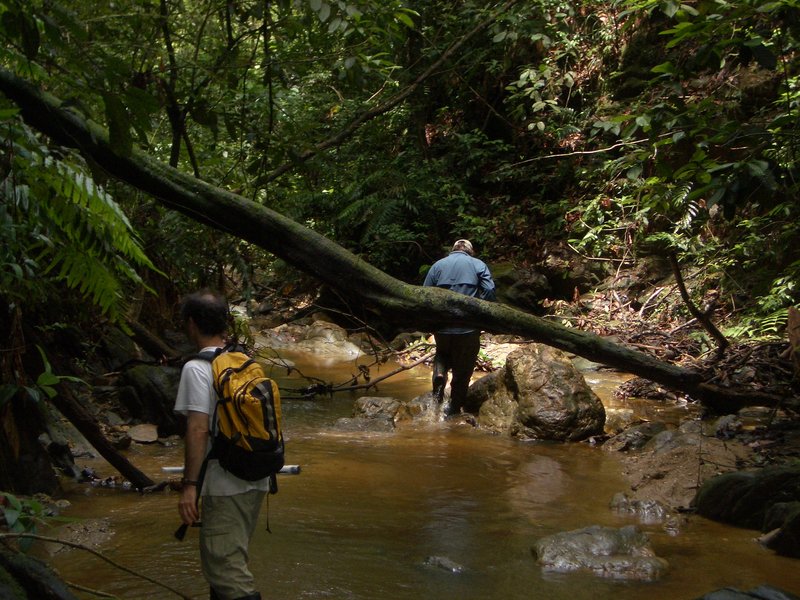
Just imagine a bustling community full of life—each species interacting and relying on one another. That’s kind of how ecosystems work. In this case, the guppy tapeworm offers both benefits and drawbacks. Sure, they can help balance certain fish populations, but they can also lead to health issues for our little guppy friends. So, what’s the scoop on these tiny parasites? Let’s dive in and explore their ecological influences.
What Are Guppy Tapeworms?
To truly understand the ecological effects of guppy tapeworm populations, it’s essential to know what they are. Guppy tapeworms are flat, segmented parasites that often inhabit the intestines of guppies. They belong to a larger family of parasites called cestodes. These tapeworms latch onto the gut wall of the guppy using tiny hooks, which sounds pretty uncomfortable, right?
These worms can vary in size, but they typically range from a few millimeters to several centimeters long. They thrive in environments where guppies are present, forming a sort of hidden population. Their life cycle can involve multiple hosts, usually beginning with eggs passed in the guppy’s feces. These eggs then hatch into larvae and may find their way into other fish, continuing the cycle.
Now, you might wonder how these little guys impact their host. Well, let’s look at both sides of the coin—the benefits and drawbacks.
Benefits of Guppy Tapeworms
It might sound surprising, but guppy tapeworms do offer some ecological benefits. Here’s how they can contribute to the aquatic world:
- Population Control: Tapeworms can help regulate guppy populations. By affecting the health of more vulnerable guppies, they naturally keep numbers in check. This can prevent overcrowding in lakes and ponds, which would otherwise stress the ecosystem.
- Food Source: These parasites can serve as a food source for certain predators. Birds, larger fish, and even some aquatic insects may feast on infected guppies, including the tapeworms themselves.
- Disease Resistance: Interestingly, parasite-host interactions can strengthen a population’s genetic resistance to diseases. Guppies that survive tapeworm infections might develop enhanced immunity, benefiting the overall health of the population in the long run.
Honestly, it’s a balancing act. While parasites often get a bad rap, they play a role in maintaining healthy ecosystems. They create a web of relationships that allows different species to thrive.
Drawbacks of Guppy Tapeworms
Despite their benefits, guppy tapeworms have significant drawbacks that can impact not just the guppies but the ecosystem as a whole. Here’s where things get a bit tricky:
- Health Issues: Infected guppies may struggle with malnutrition, as tapeworms absorb nutrients from the host. This can lead to weakened immunity and increased mortality rates among young or stressed guppies.
- Disruption of Food Chains: If the health of guppy populations declines due to tapeworm infections, it can disrupt the food chain. Predators that rely on healthy guppy numbers may struggle to find enough food, leading to a ripple effect through the ecosystem.
- Potential for Overpopulation: In environments where tapeworm populations grow unchecked, the balance might tip too far. Overly large tapeworm populations could decimate guppy numbers, which could then affect species that rely on guppies for food.
You might be wondering if it’s possible to strike a balance between the benefits and drawbacks. That’s where management practices come into play.
Management Practices for Balancing Tapeworm Populations
To mitigate the negative impacts of guppy tapeworms, ecosystems need thoughtful management practices. Here are a few strategies:
- Monitoring Fish Health: Regularly checking the health of guppy populations can help spot infections early. This can lead to targeted treatments that support healthy growth without completely eradicating tapeworms.
- Controlling Water Quality: Clean water is crucial. Maintaining optimal water quality can reduce stress in guppies, making them less susceptible to infections.
- Diversity in Ecosystems: Encouraging biodiversity in aquatic ecosystems helps ensure that no single species gets overwhelmed by parasites. More diversity means a wider variety of predators and prey, helping to keep populations in check.
Through these practices, we can appreciate the guppy tapeworm’s role while minimizing its drawbacks. It’s all about maintaining that crucial balance.
Examples of Ecosystems Affected by Guppy Tapeworms
Let’s take a closer look at a few ecosystems where guppy tapeworms have made their mark. Each example sheds light on how these interactions play out in the wild.
One of the most well-studied environments is the freshwater systems of Trinidad. Here, researchers found that guppy populations declined significantly as tapeworms proliferated. Not only did guppies suffer, but the entire aquatic food web felt the strain. Birds that typically feasted on guppies had to seek alternative food sources, which changed their behavior and success rates.
In contrast, in some carefully managed aquaculture environments, tapeworms can be kept at bay, allowing guppy numbers to flourish. The increased health of these populations means higher yields for fishermen and a healthier ecosystem overall.
These examples illustrate that while guppy tapeworms have their place in the ecosystem, their impact can vary widely based on environmental conditions and management practices.
The world of guppy tapeworm populations is a perfect reminder of how interconnected life can be. These tiny parasites illustrate both the benefits and drawbacks of nature’s design. They can lead to a healthy balance in aquatic ecosystems while posing challenges that need addressing.
So what’s the takeaway? Understanding the ecological effects of guppy tapeworms makes us appreciate not just guppies but the complex web of life they inhabit. It invites us to ponder our role in managing these systems. After all, every creature, big or small, plays its part, and sometimes, even a little tapeworm has something to teach us about balance in nature.

